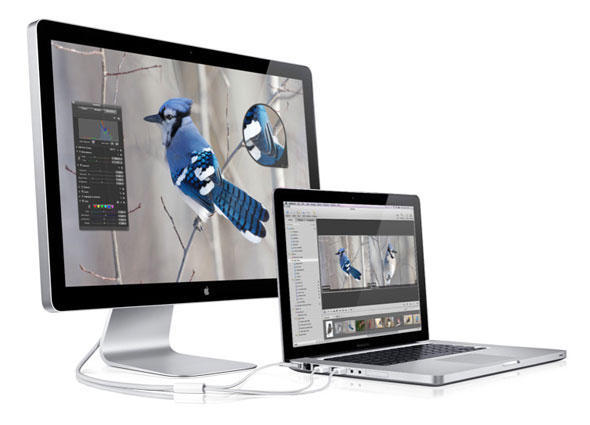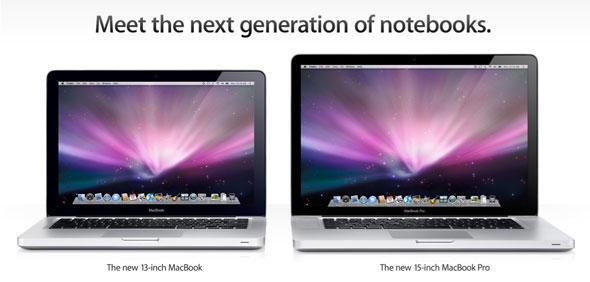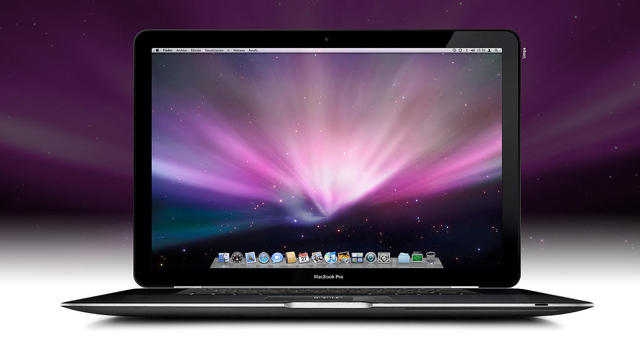This is the sound of slork, the Stanford Laptop Orchestra.
All instrumentalists are equipped with a black MacBook and a hemispherical speaker pod made out of Ikea tableware.
The brain behind the orchestra is Ge Wang, and if his name sounds familiar that’s because you might have seen it mentioned recently in connection with the superb app Ocarina.
Recently highlighted at apple.com, slork makes use of custom software written by Ge Wang:
“I wanted to focus on the intersection of music and computer science. So I authored a language with my advisor, Perry Cook, and researchers at Princeton and beyond. We called it ChucK. It’s a programming language completely tailored for sound. It let us quickly synthesize sound and use various controllers in our performances.”


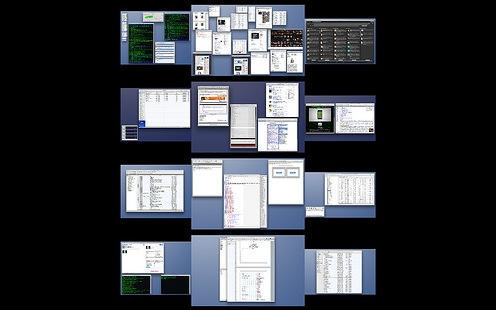

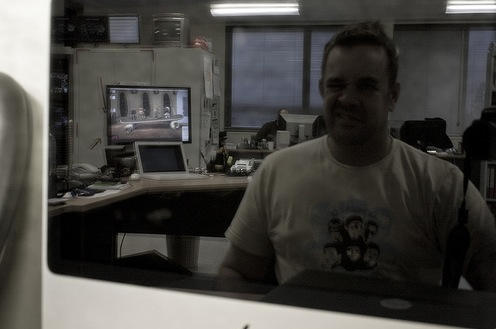

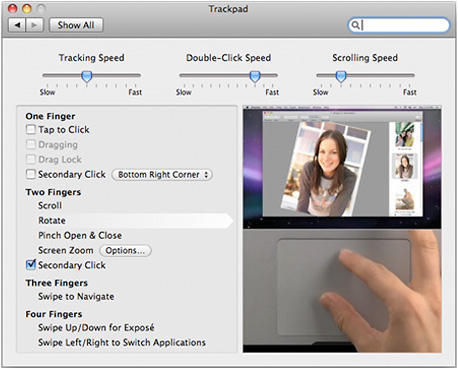
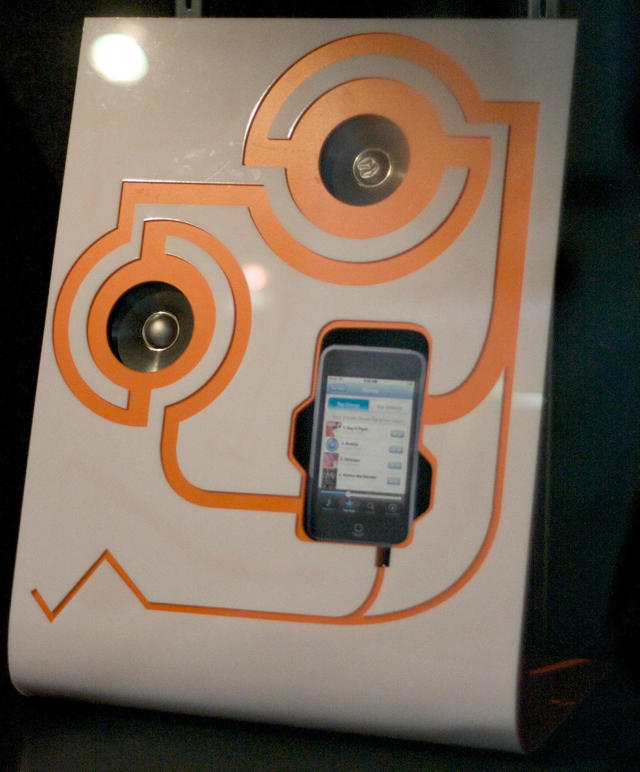
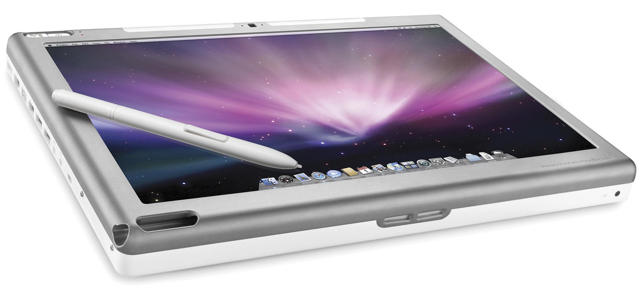


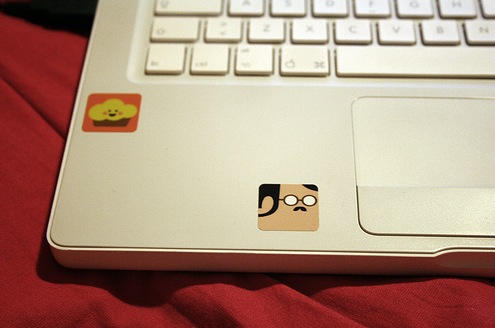
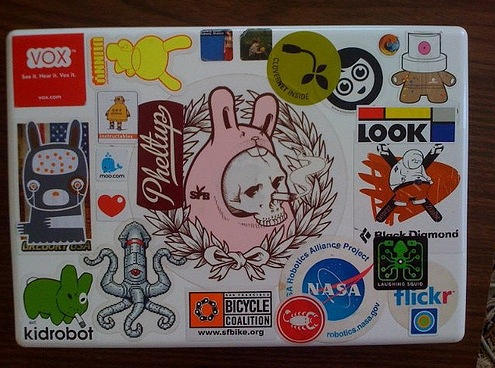

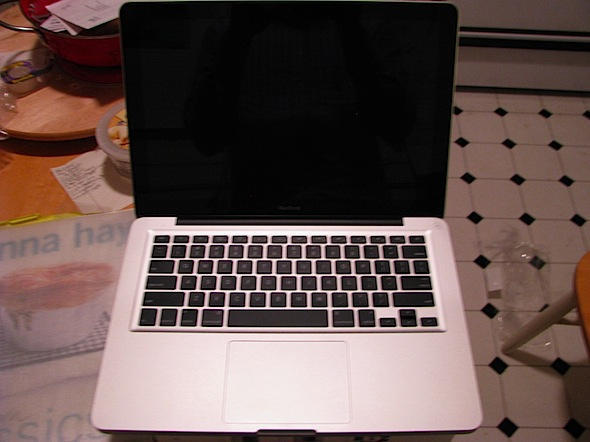
 Now we’ve seen them, now we know. The new MacBooks and MacBook Pros are quite nice in some respects, and quite frustrating in others.
Now we’ve seen them, now we know. The new MacBooks and MacBook Pros are quite nice in some respects, and quite frustrating in others. 



